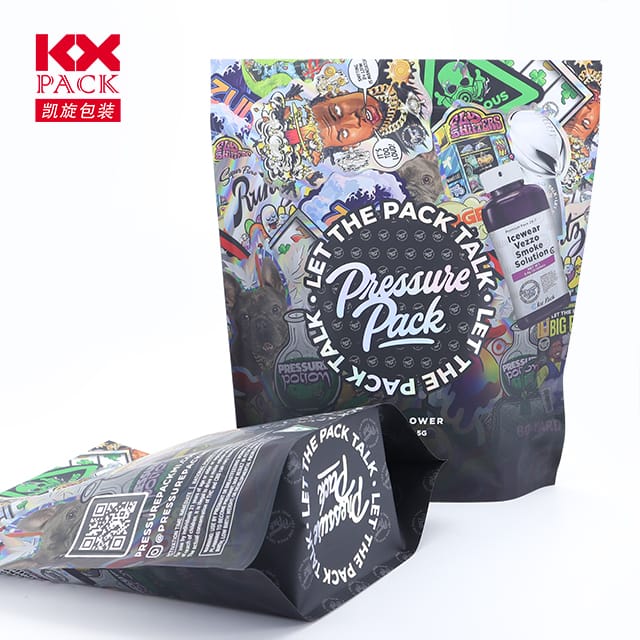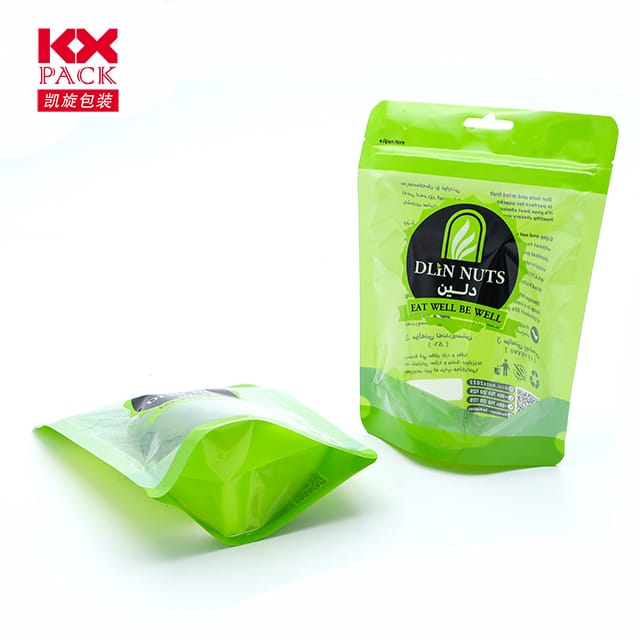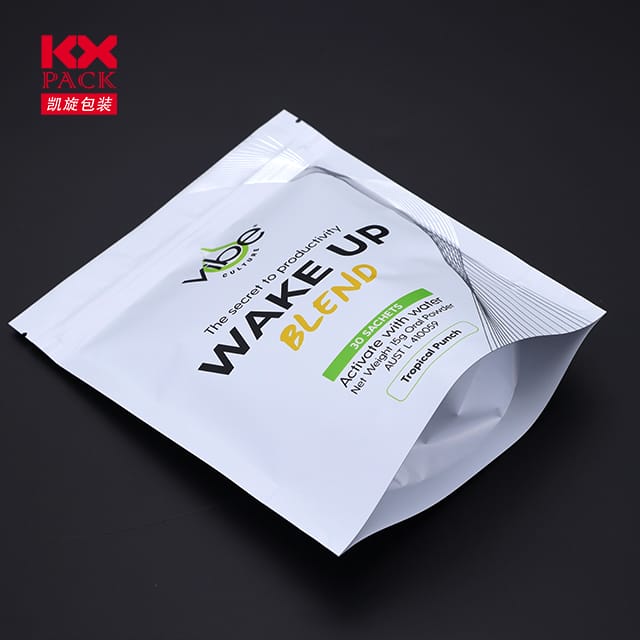The Role and Evolution of Food Packaging Plastic Roll Film: Balancing Safety, Bền vững, and Innovation(3)
Phim cuộn nhựa
In the modern food industry, food packaging plastic roll film is the unsung hero that keeps our snacks fresh, our meats hygienic, and our produce protected. From supermarket shelves to e-commerce deliveries, this flexible material plays a critical role in ensuring food safety, kéo dài thời hạn sử dụng, and reducing waste. Nhưng khi mối quan tâm về môi trường phát triển, how is the industry adapting to make plastic roll film more sustainable without compromising its essential functions? Let’s explore the challenges, innovations, and future of this vital packaging solution.
Why Plastic Roll Film Matters
- Preservation and Protection
Plastic roll film acts as a barrier against moisture, ôxy, ánh sáng, và các chất gây ô nhiễm, preserving food quality and preventing spoilage. Ví dụ, vacuum-sealed meats or modified-atmosphere-packaged (MAP) salads rely on high-performance films to stay fresh longer. - Convenience and Versatility
Its flexibility allows for easy shaping, sealing, and customization, making it ideal for a wide range of products—from single-serve yogurt cups to bulk cereal bags. Brands can also print vibrant labels directly onto the film, enhancing product visibility. - Cost-Effectiveness and Scalability
Roll film is efficient to produce, chuyên chở, and use on automated packaging lines, reducing costs for manufacturers and consumers alike.
The Environmental Challenge
Despite its benefits, traditional plastic roll film faces scrutiny due to its reliance on fossil fuels and low recycling rates. Single-use plastics often end up in landfills or oceans, contributing to pollution. Here’s how the industry is tackling these issues:
- Switching to Sustainable Materials
- Bioplastics: Derived from renewable resources like corn starch or sugarcane, biodegradable and compostable films are gaining traction. Tuy nhiên, challenges remain in ensuring compatibility with recycling streams and maintaining barrier properties.
- Recycled Content: Brands are incorporating post-consumer recycled (PCR) plastics into roll film, reducing demand for virgin materials.
- Paper-Based Hybrids: Combining plastic with paper layers offers a recyclable or compostable alternative for certain applications.
- Designing for Recyclability
Monomaterial films (made from a single type of plastic, like PE or PP) are easier to recycle than multi-layer composites. Innovations in adhesive-free lamination and solvent-based coatings aim to improve recyclability without sacrificing performance. - Reducing Waste Through Lightweighting
Thinner, high-strength films use less material while maintaining durability, cutting both costs and environmental impact.
Innovations Driving Change
- Active and Intelligent Packaging
Films embedded with oxygen scavengers, antimicrobial agents, or temperature indicators can extend shelf life further, reducing food waste—a far greater environmental concern than packaging itself. - Home-Compostable Films
New formulations break down in home compost bins within months, offering a convenient eco-friendly option for consumers. - Chemical Recycling Technologies
Advanced recycling processes can break down mixed plastics into raw materials for new film production, closing the loop on waste.
The Road Ahead: Collaboration is Key
Achieving a sustainable future for food packaging plastic roll film requires a collective effort:
- Policy Support: Governments can incentivize recyclability standards and invest in recycling infrastructure.
- Consumer Education: Encouraging proper disposal and supporting brands that prioritize sustainability.
- Industry Partnerships: Collaboration between material suppliers, packaging manufacturers, and food producers to innovate at scale.
Phần kết luận
Food packaging plastic roll film is a testament to human ingenuity—a material that protects, preserves, and connects us to the food we love. While its environmental footprint cannot be ignored, the industry is rising to the challenge with smarter materials, circular designs, and a focus on reducing waste. As consumers, we too hold power: by choosing brands committed to sustainability and advocating for change, we can help steer the future of packaging toward a greener horizon.
What’s your take on plastic packaging? Have you noticed any innovative solutions in your local stores? Share your thoughts below! 🌱🍃







